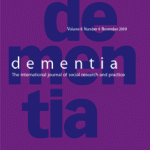Parution – Social history of medicine
 Social history of medicine, Volume 24, Issue 2, August 2011
Social history of medicine, Volume 24, Issue 2, August 2011
John Slater and María Luz López Terrada
Scenes of Mediation: Staging Medicine in the Spanish Interludes
Mitchell Lewis Hammond
Medical Examination and Poor Relief in Early Modern Germany
Gill Newton
Infant Mortality Variations, Feeding Practices and Social Status in London between 1550 and 1750
Russell Noyes, Jr.
The Transformation of Hypochondriasis in British Medicine, 1680–1830
Zipora Shehory-Rubin
Jewish Midwives in Eretz Israel During the Late Ottoman Period, 1850–1918
Philippa Martyr
‘Behaving Wildly’: Diagnoses of Lunacy among Indigenous Persons in Western Australia, 1870–1914
Avi Sharma
Medicine from the Margins? Naturheilkunde from Medical Heterodoxy to the University of Berlin, 1889–1920
Emma L. Jones
The Establishment of Voluntary Family Planning Clinics in Liverpool and Bradford, 1926–1960: A Comparative Study
Alison Nuttall
Maternity Charities, the Edinburgh Maternity Scheme and the Medicalisation of Childbirth, 1900–1925
Angela Davis
A Revolution in Maternity Care? Women and the Maternity Services, Oxfordshire c. 1948–1974
Susan Kelly
Education of Tubercular Children in Northern Ireland, 1921 to 1955
Peter Hobbins
‘Immunisation is as Popular as a Death Adder’: The Bundaberg Tragedy and the Politics of Medical Science in Interwar Australia
Seamus Mac Suibhne and Brendan D. Kelly
Vampirism as Mental Illness: Myth, Madness and the Loss of Meaning in Psychiatry
David Adams
Artificial Kidneys and the Emergence of Bioethics: The History of ‘Outsiders’ in the Allocation of Haemodialysis
Sources and Resources
Martin Gorsky and John Mohan
Uses of Yearbooks: The Voluntary Hospitals Database
On Site
Nicole Baur
Oral Testimonies in Mental Health History
Focus on Nursing
Rima D. Apple
Patricia D’Antonio, American Nursing: A History of Knowledge, Authority, and the Meaning of Work
Cynthia Toman
Myra Rutherdale (ed.), Caregiving on the Periphery: Historical Perspectives on Nursing and Midwifery in Canada
Rosemary Wall
Susan McGann, Anne Crowther and Rona Dougall, A History of the Royal College of Nursing 1916–90: A Voice for Nurses
Jane Brooks
Lynn McDonald, Florence Nightingale at First Hand
Patricia D’Antonio
Kara Dixon Vuic, Officer, Nurse, Woman: The Army Nurse Corps in the Vietnam War
Mathilde Hackmann
Sylvelyn Hähner-Rombach (ed.), Alltag in der Krankenpflege: Geschichte und Gegenwart—Everyday Nursing Life: Past and Present
Jessica Howell
Louise Penner, Victorian Medicine and Social Reform: Florence Nightingale among the Novelists

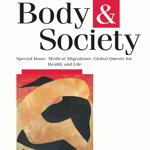
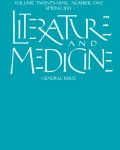



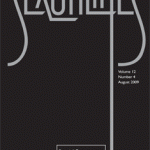
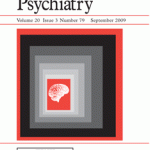
 ori encounters with the Auckland Mental Hospital, 1860—1900
ori encounters with the Auckland Mental Hospital, 1860—1900